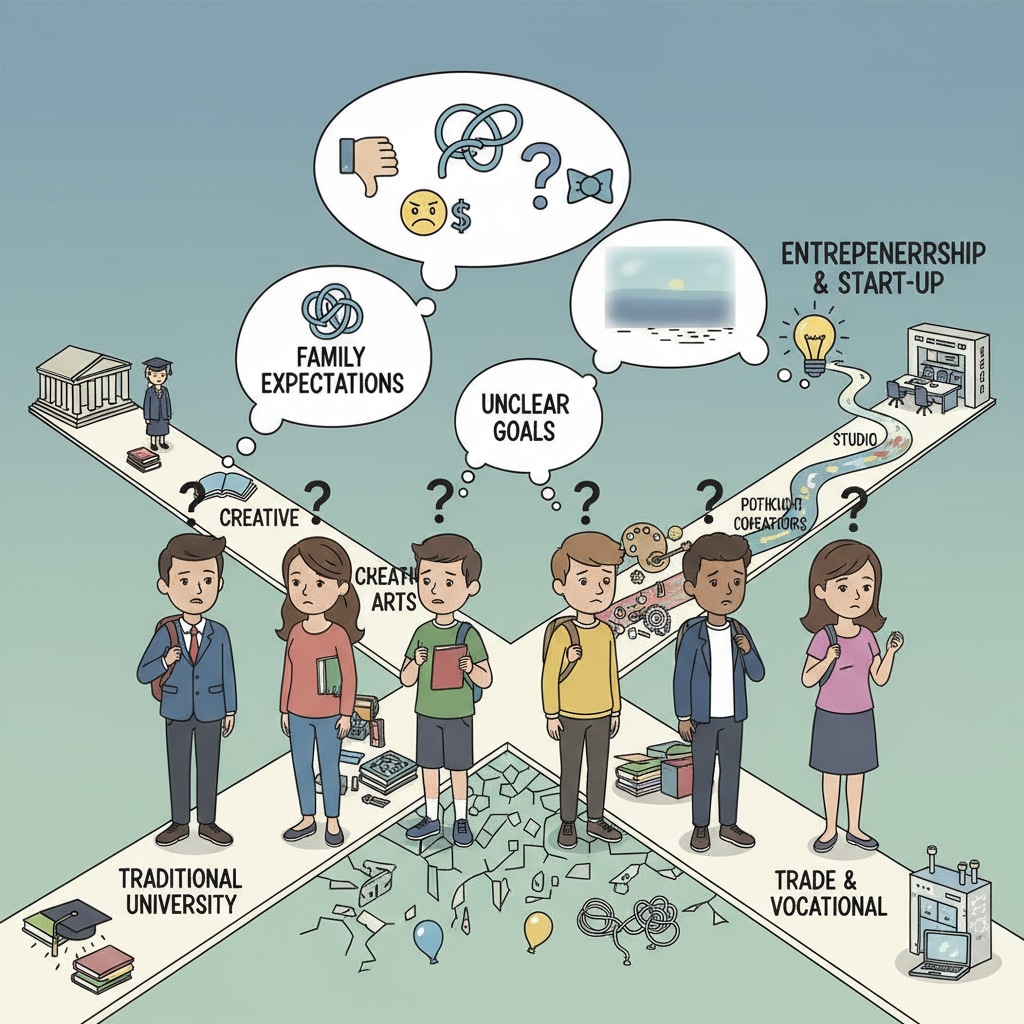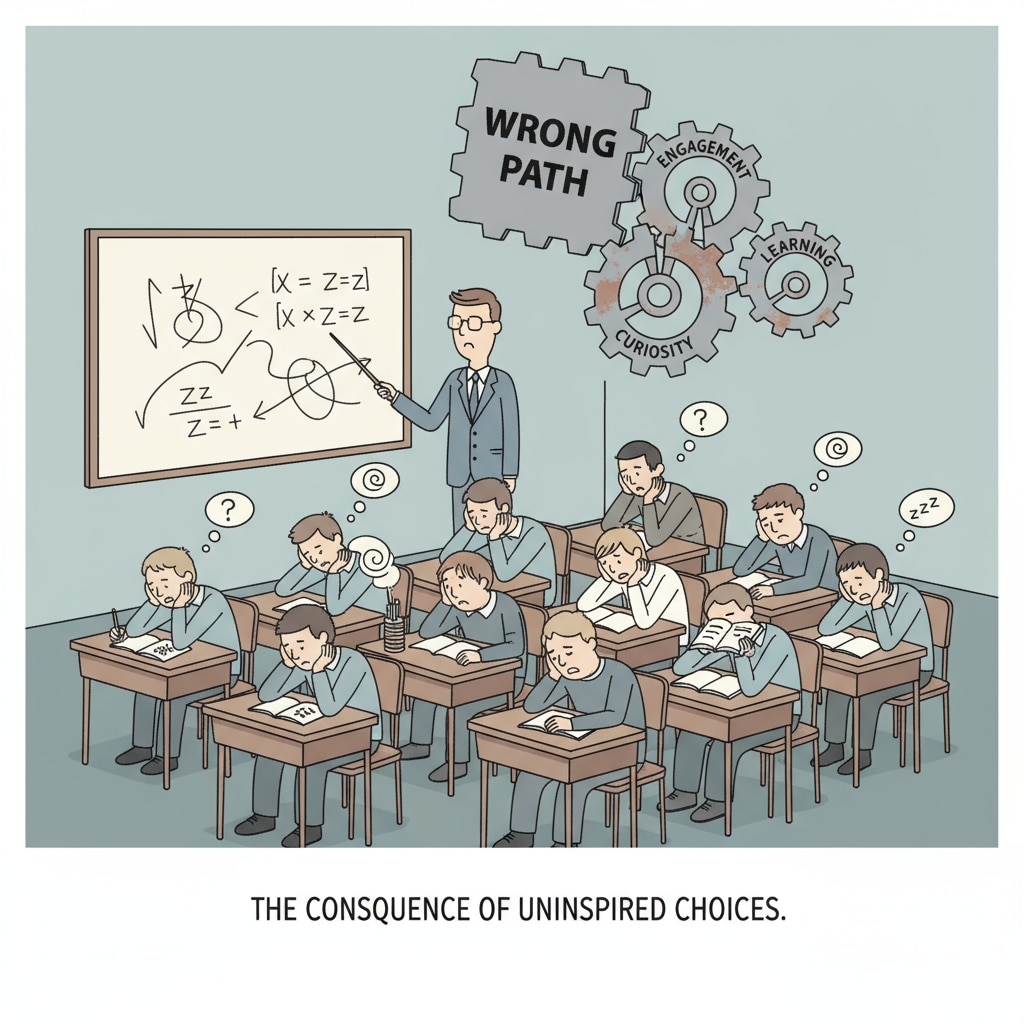In the realm of contemporary K12 education, the issue of educational choices, social pressures, and life goals has become a matter of great concern. As students and parents navigate the complex landscape of education, they often find themselves making decisions that may not align with their true life aspirations. This mismatch is a consequence of various factors, primarily social pressures and the tendency to follow the crowd.

The Weight of Social Pressure
Social pressure plays a significant role in shaping educational choices. In today’s society, there is an overwhelming emphasis on academic achievements and getting into prestigious institutions. Parents, influenced by this societal norm, often push their children towards certain educational paths, such as enrolling in advanced placement courses or attending expensive tutoring centers. For example, according to National Center for Education Statistics, the number of students taking AP courses has been steadily increasing over the years, not necessarily because they are passionate about the subjects, but because it is seen as a stepping stone to a good college. This pressure can make students lose sight of their own interests and long-term life goals.
The Herd Mentality in Education
The herd mentality also contributes to the misalignment between educational choices and life goals. When parents see other children excelling in a particular area, they tend to want the same for their own kids. This leads to a situation where students are often enrolled in activities and courses simply because everyone else is doing it. For instance, if a particular extracurricular activity like robotics becomes popular in a school, many parents will encourage their children to join, without considering whether their child has an actual interest in it. As a result, students end up spending a significant amount of time and energy on things that may not be relevant to their true passions and life goals.

The consequences of this mismatch are far-reaching. Students may experience high levels of stress and burnout, as they are constantly striving to meet the expectations set by society rather than pursuing what they truly want. This can lead to a lack of motivation and engagement in their studies, ultimately affecting their academic performance. In the long run, it can also have a negative impact on their mental health and overall well-being.
To address this issue, it is crucial to return to the essence of education. Education should be about cultivating individuals who can discover and pursue their own life goals, and achieve self-worth. Parents and educators need to encourage students to explore their interests, passions, and talents from an early age. By providing a supportive environment that values individuality and self-discovery, we can help students make educational choices that are in line with their true life aspirations. As National Education Association emphasizes, a student-centered approach is key to ensuring that education serves the individual’s needs.
Readability guidance: Keep paragraphs short and use lists to summarize key points. For example, under each H2, provide a list of factors or examples. Control the proportion of passive voice and long sentences. Incorporate transitional words like “however”, “therefore”, “in addition”, “for example”, and “as a result” throughout the text.


